ECOLOGY ▪ EDUCATION ▪ ADVOCACY
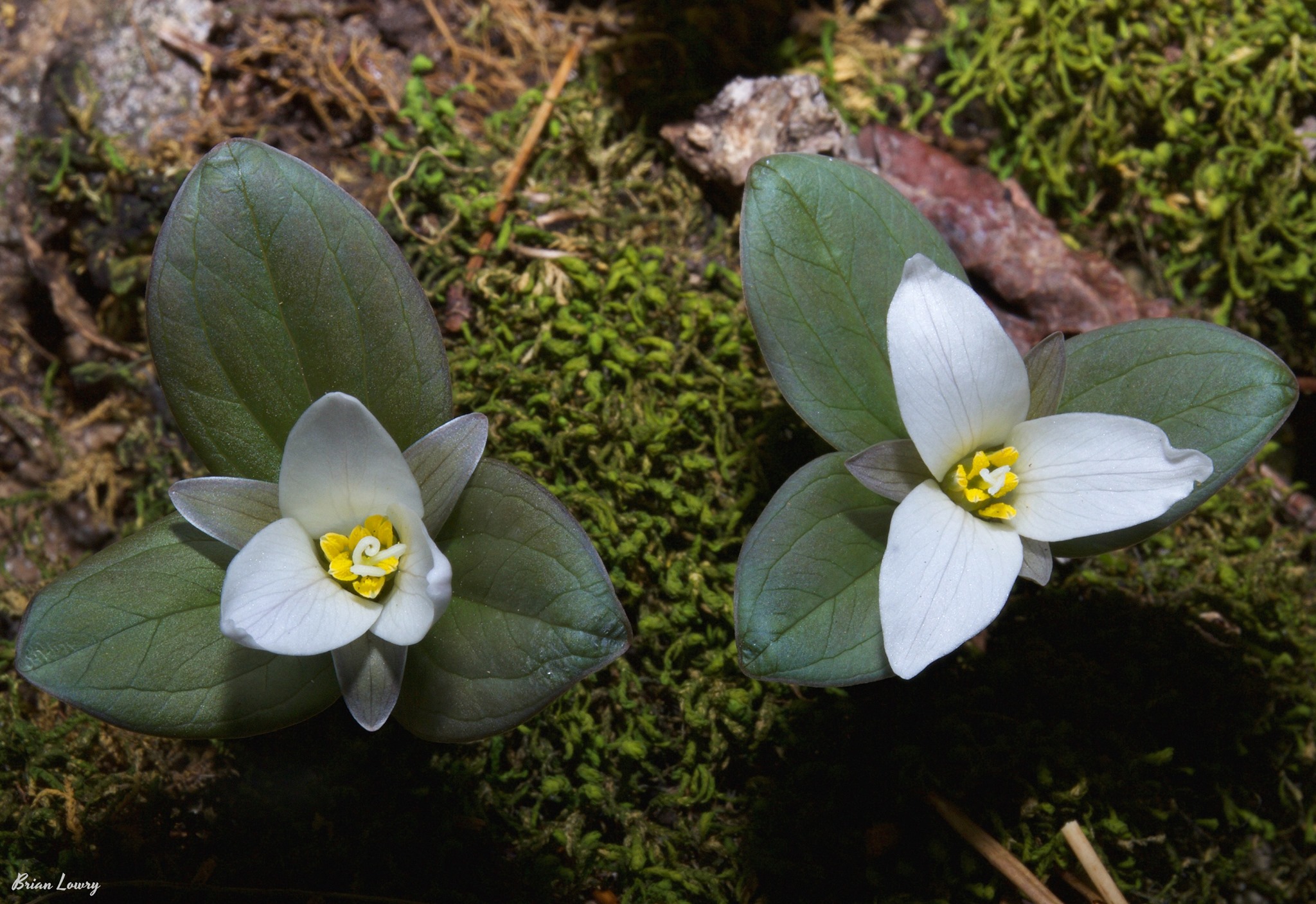
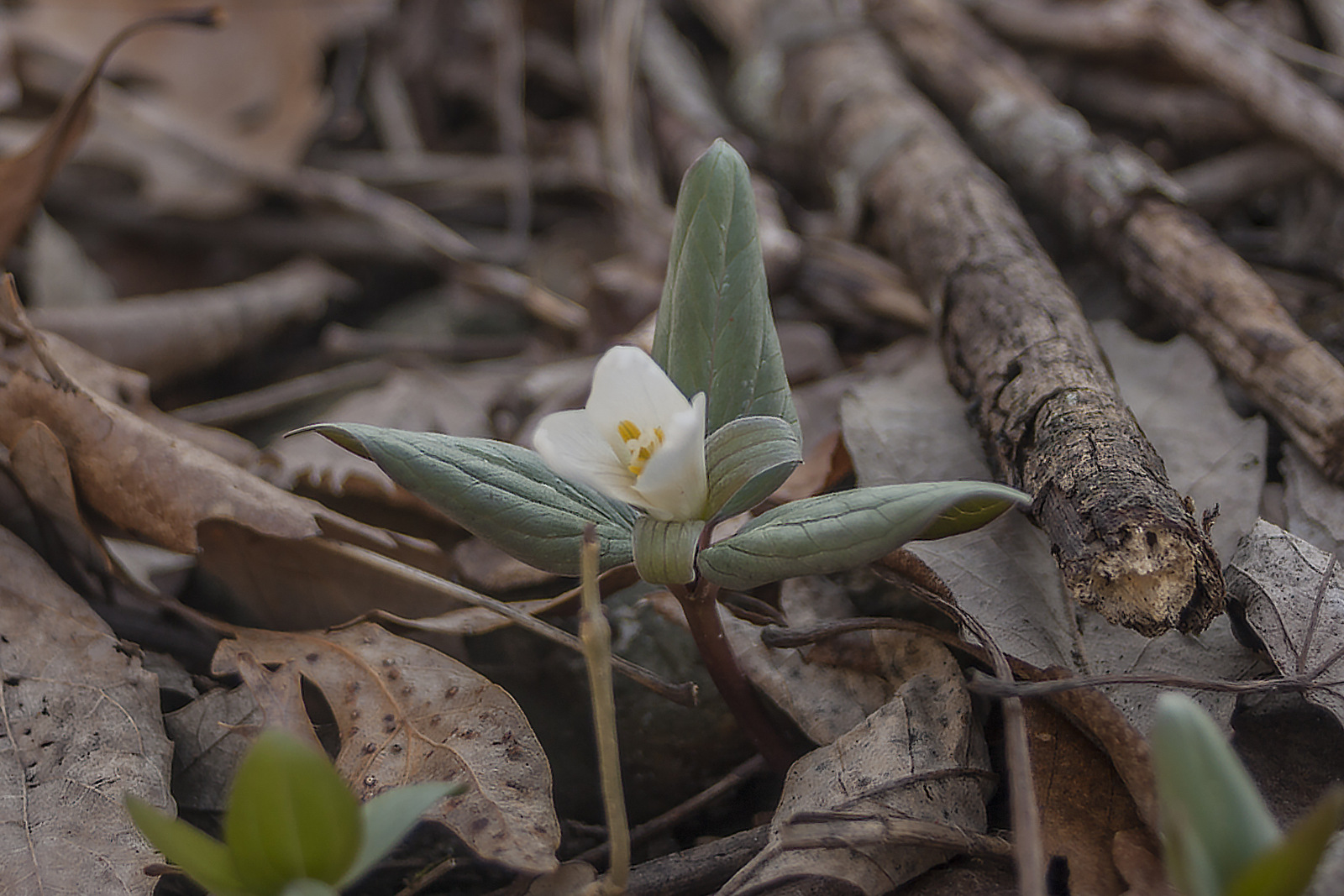
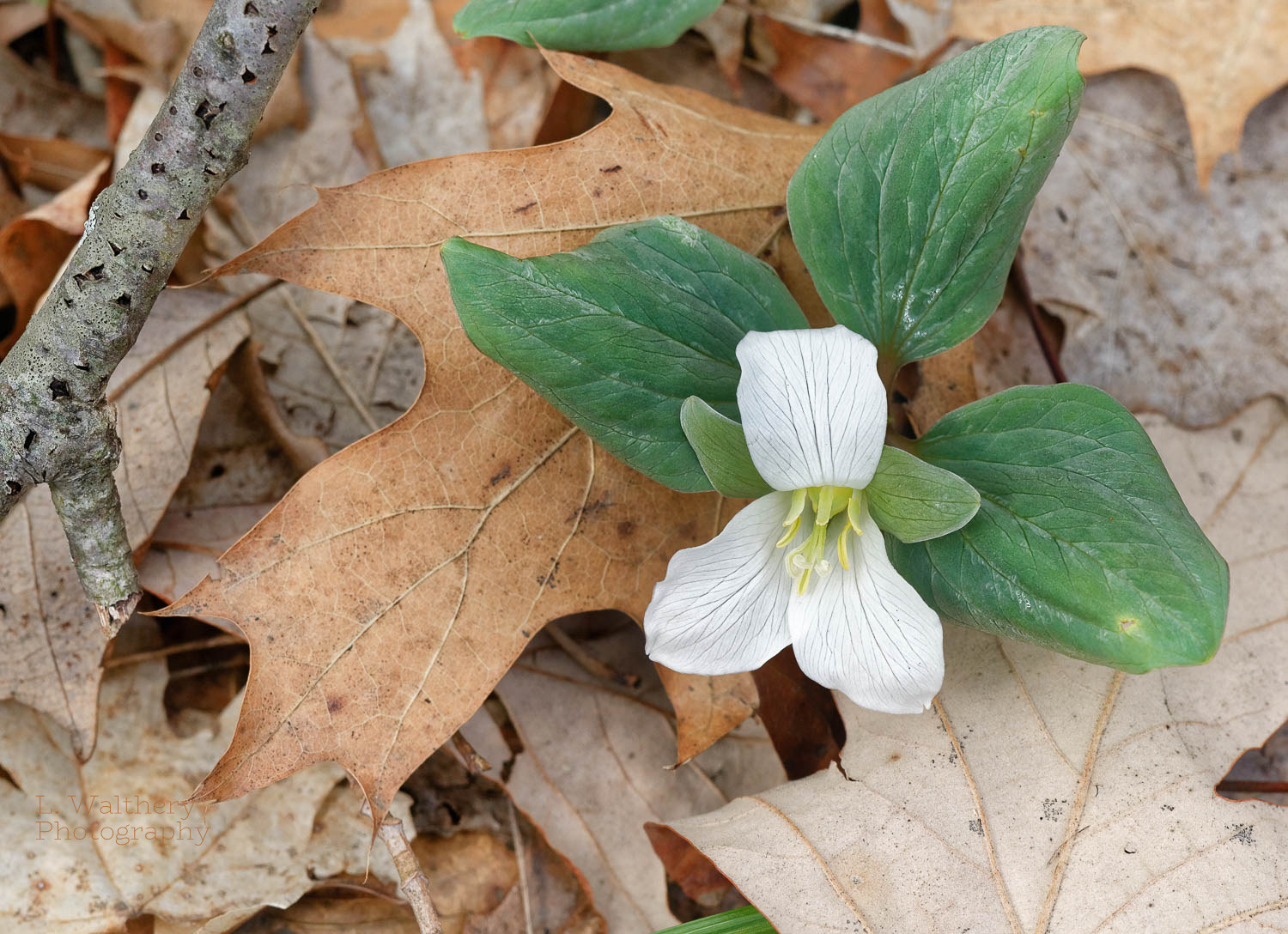
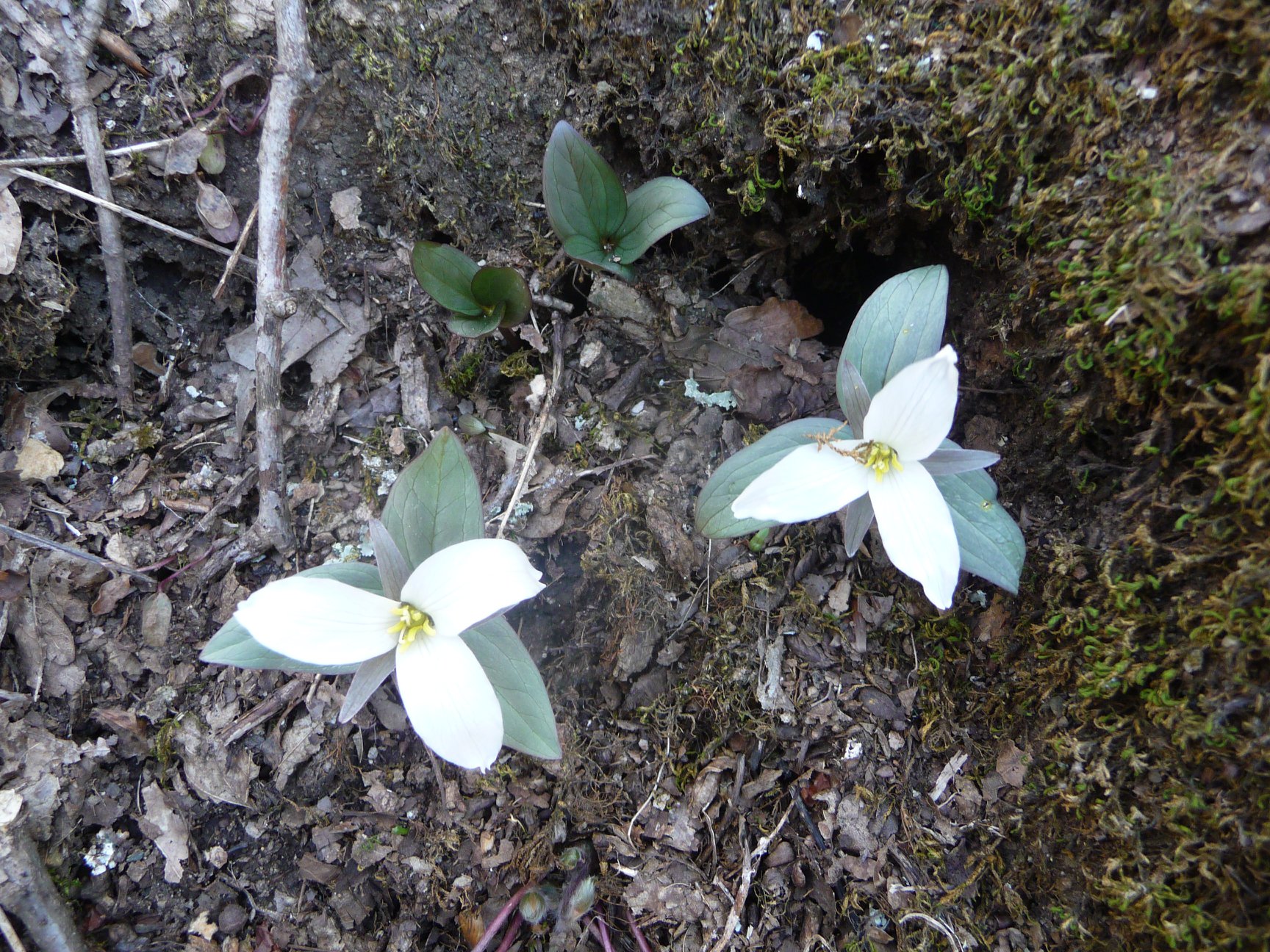
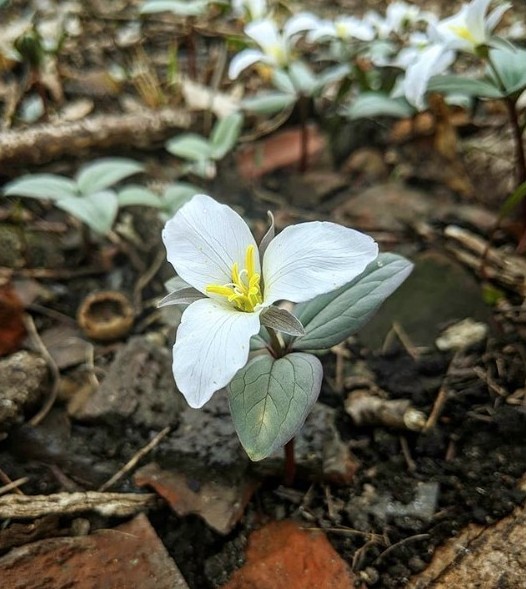
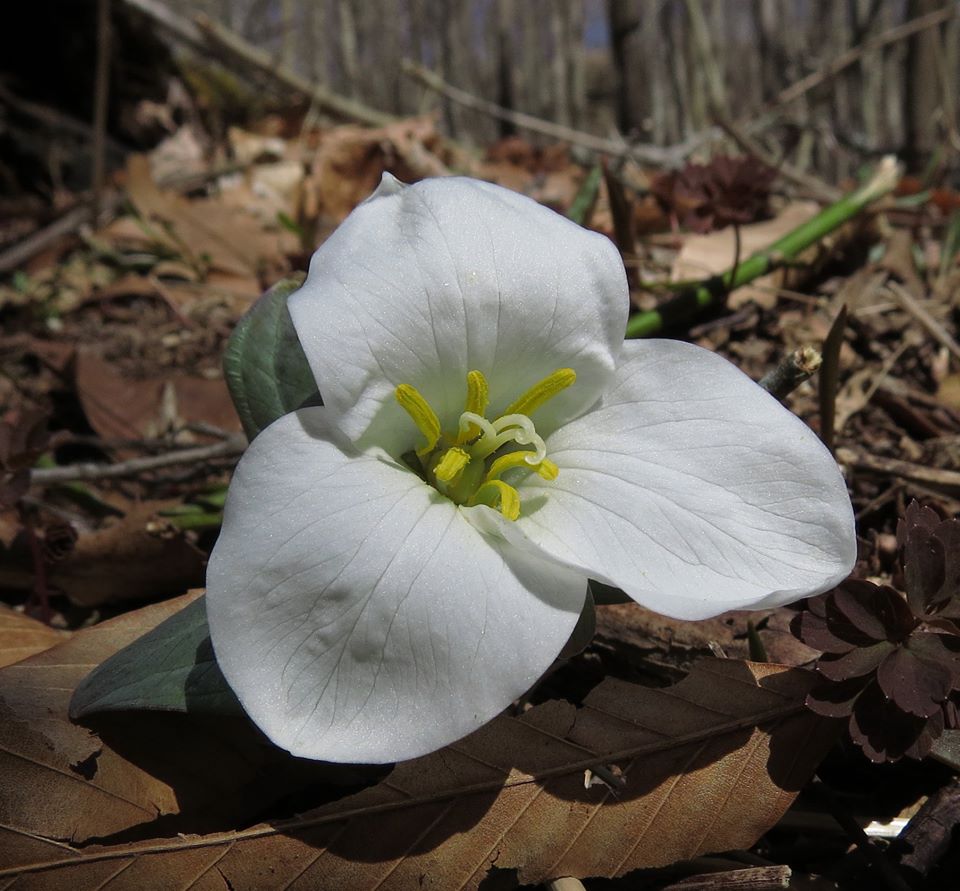
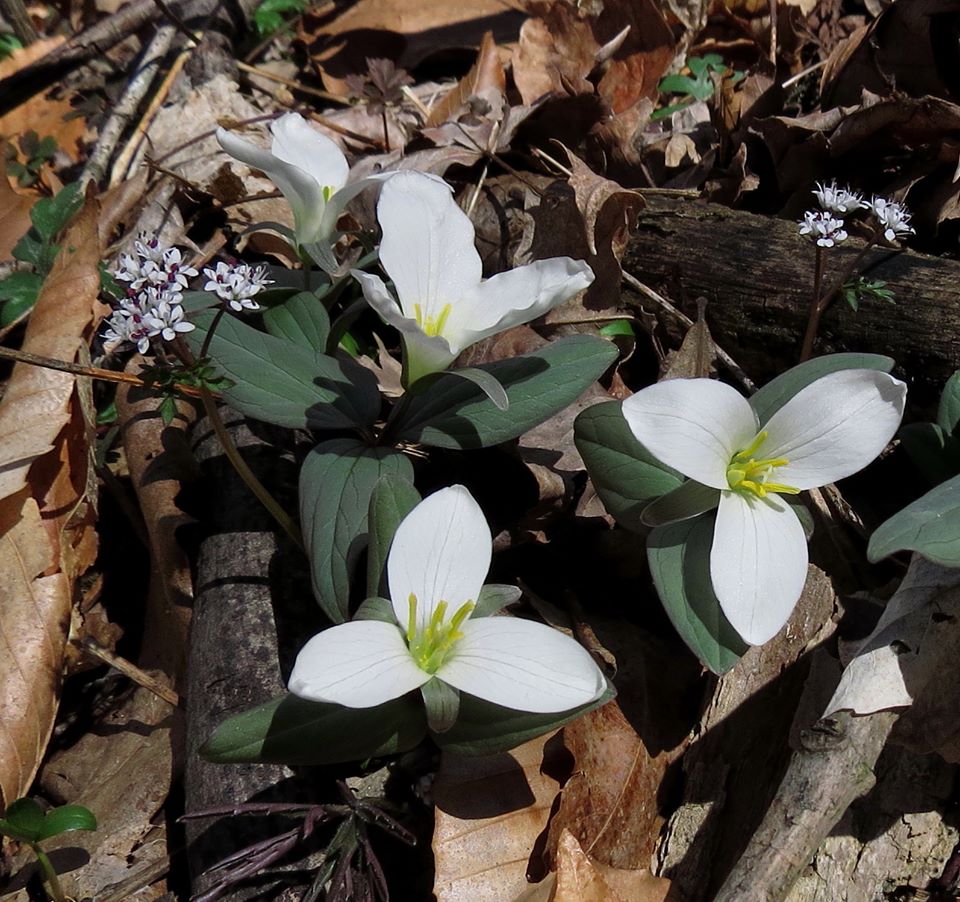
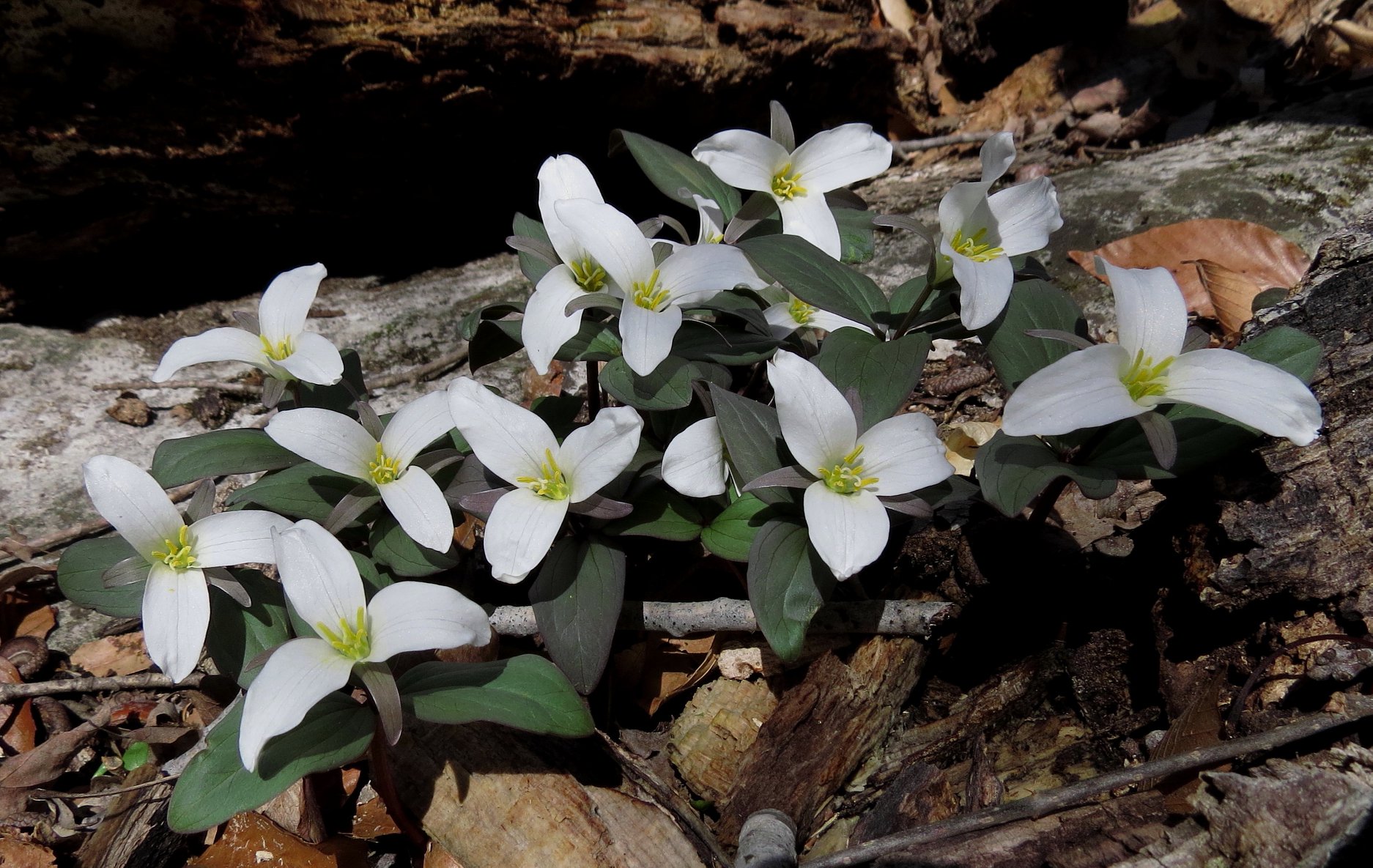
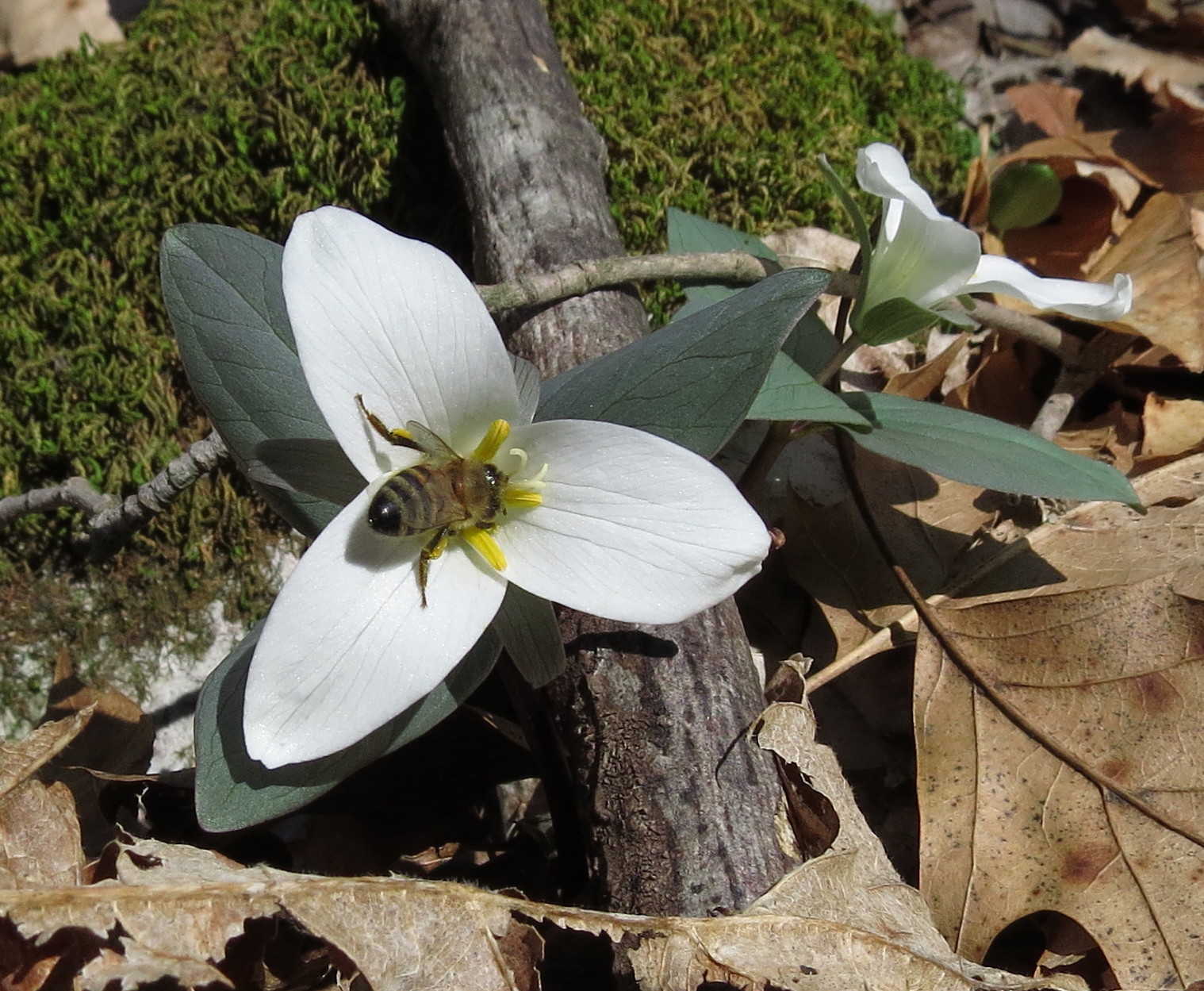
Trillium: from the Latin tri, meaning “three,” and lilium for “lily.”
nivale: from the Latin nival, meaning “snowy.”
tril-ee-uhm niv-ah-lee
Dwarf trillium, dwarf snow trillium, dwarf snow wakerobbin, dwarf white trillium, early white wakerobbin, little snow trillium, snow wakerobbin
Life Cycle: Perennial. The smallest of the native trilliums, and the earliest to flower, the aptly-named snow trillium, is often seen flowering right through the snows of late winter and early spring. A “true” spring ephemeral, Trillium nivale flowers and fruits long before the woodland canopy fills in, and by mid-summer, its foliage has wilted and disappeared.
Snow trillium takes a decade or more to produce a flower. For the first several years, it exists above ground as on leaf, then three, and finally, after perhaps twelve years or more, the mature flowering plant blooms. Snow trillium plants are long-lived, and may live for a century or more (Martin 1925), but they are intolerant of disturbances, and their presence is an indicator of a high-quality, natural ecosystem.
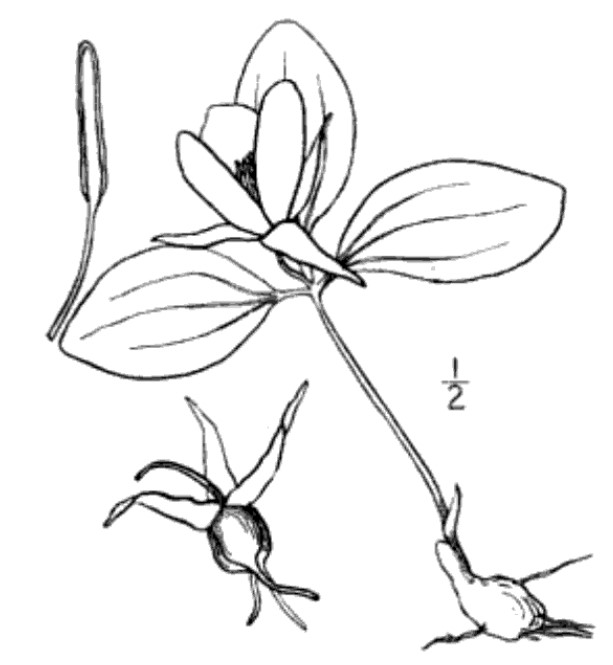
Stem and Leaves: The light green to reddish-brown stems of mature plants terminate into three whorled leaves. The oval to ovate leaves with short petioles are approximately 5 cm (2 in) long, deep-green, and often with tints of blues and reds.

Flowers: A single white, perfect flower is atop a short, erect, or slightly nodding peduncle. The 2.5–5 cm (1–2 in) diameter flower consists of 3 white 13–38 mm (1/2–1 1/2 in) long petals, 3 green, recurved sepals, 6 yellow stamens, and 1 three-part style. The flowers are insect-pollinated (see associates table below).


Fruit: Snow trillium fruit are green, 3-lobed, globe-shaped berries that are about 13 mm (1/2 in) in diameter, which hang beneath the leaves on nodding peduncles.
Key Characteristics: When identifying snow trillium, look for the following characteristics:
Similar Species: Indiana is home to seven species of trillium, including three other white-flowering species, but the early bloom time coupled with the small size set snow trillium apart.
None identified.
Snow trillium exists in isolated populations in about 20 Indiana counties. In Flora of Indiana, Indiana State Forester Charles C. Deam wrote that snow trillium “is local to very local and probably closely restricted to the area indicated on the map after the report from Clark, Decatur, and Marion Counties are added. On account of it’s very early appearance it may not have been collected in many places where it occurs, and it may be more widespread than the reports indicate” (Deam 1940).
It is unclear what Deam meant by “the report from Clark, Decatur, and Marion Counties,” but the authors have not found any herbarium records for any of those three counties. Snow trillium is absent from the northernmost quarter of the state.


| Toggle Map Layers/Key | ||
|---|---|---|
| GAIN WP records |  |
|
| eFloras’ range map |  |
|
| Combined herbarium records |  |
|
| No records |  |
Rich woods, particularly on slopes and near streams.

This chart represents the data collected from the GAIN WP project.
Culinary, Functional, and Medicinal: The authors have not identified any credible, species-specific uses. The Trillium genus page, when completed, will contain all common uses.
Landscape: Snow trillium is seemingly site-sensitive, and it is uncommon even in native plant nurseries. In her 1999 book Go Native!, author Carolyn Harstad wrote, “Although I have not discovered the reason, I have had more trouble establishing this little trillium in my woods than some of the larger trilliums” (Hardstadt 1999). Except for plant rescues, snow trillium should not be transplanted.
None identified
North Carolina State University identifies the roots and fruit as containing “low-severity poison” (NCUS 2020).
None identified
| Known Faunal Associates in Indiana | ||
| Family | Taxonomic Name | Common Name |
|---|---|---|
| Class: Insecta | ||
| Order: Hymenoptera | ||
| Andrenidae | Andrena spp. | mining bees P/N |
| Apidae | Apis mellifera | European honey bee P/N |
| Bombus spp. | bumblebees P/N | |
| Order: Lepidoptera | ||
| Noctuidae | Euplexia benesimilis | American angle shades L |
| Tortricidae | Clepsis melaleucana | white-triangle tortrix L |
| Class: Mammalia | ||
| Order: Cetartiodactyla | ||
| Cervidae | Odocoileus virginianus | white-tailed deer E |
| E Entire plant |
| L Leaves |
| P/N Pollen and nectar |

None identified
 4: Apparently Secure
4: Apparently Secure  NR: Not ranked
NR: Not ranked
Propagation techniques, which are similar for all of the native trillium species, will be made available on the genus page.
The images and records below were all submitted by individuals through the Great American Indiana Nature Wildflower Project (GAIN WP).
In addition to the primary bibliography, the authors have referenced the following sources:
Martin JN. 1935. The distribution and life History of the Trillium nivale Riddell. Proceedings of the Iowa Academy of Science, 42(1): 49–54. https://scholarworks.uni.edu/pias/vol42/iss1/9
[NCSU] North Carolina State University. 2020. Trillium. Plants.ces.ncsu.edu. [accessed 2020 Apr 23]. https://plants.ces.ncsu.edu/plants/trillium/?fbclid=IwAR0-_kcxO782HLjmdwKeI8Q771ieqKIC0YneVizfxcEMSsMlQhjkqbTANIU
Stuckey RL. 1976. Trillium nivale (Liliaceae): The snow trillium in Ohio. Columbus (OH): The Ohio State University. [accessed 2020 Apr 21]. https://kb.osu.edu/bitstream/handle/1811/22378/1/V076N3_143.pdf